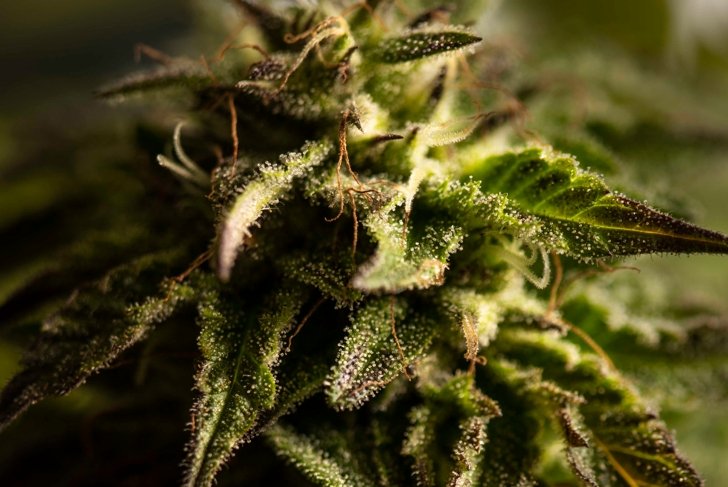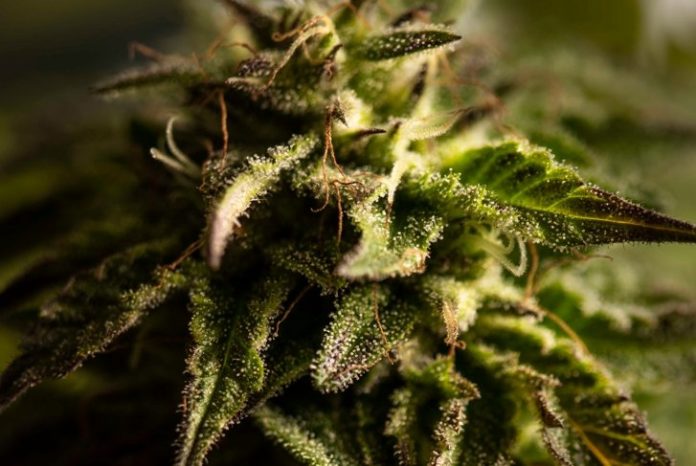
The history of cannabis use is a long one, stretching as far back as 5,000 years. It’s one of the first plants to have been used as a medicine, but it was also used recreationally and for religious ceremonies.
Some of the ailments that were historically treated with cannabis included asthma, depression, epilepsy, fatigue, glaucoma, insomnia, migraine, nausea, pain, rheumatism, and tetanus.
But why this plant was seemingly so effective at providing relief for these conditions was a question without an answer—an answer that has proven, for most of history, exceedingly complex to discern.
The history of discovery
In 1964, a scientist in Israel identified the main active component of cannabis, referred to as a cannabinoid and identified it as tetrahydrocannabinol (THC). The other major cannabinoid, subsequently identified, was cannabidiol (CBD).
Then, in the 1990s, scientists identified what they called “endogenous cannabinoids”—or “endocannabinoids”—because they were natural cannabis-like molecules produced by the human body. They realized cannabis exerted its effects, in part, by mimicking these human endocannabinoids.
Although research is still in its early stages, and much more research is needed to understand this complex “endocannabinoid system,” (ECS) scientists are calling it “one of the most important physiologic systems involved in establishing and maintaining human health.”
The ECS—evolving our understanding
It appears the main function of the ECS is to maintain bodily homeostasis, or biological balance at a cellular level in response to changes in the environment. Our ECS maintains homeostasis through three main components: endocannabinoids, receptors, and enzymes.
Early research suggested endocannabinoid receptors were only present in the brain and nerves. But scientists have discovered a much wider range of receptors throughout the body, including our skin, immune cells, bone, fat tissue, liver, pancreas, skeletal muscle, heart, blood vessels, kidney, and gastrointestinal tract. In short, the ECS system is found in pretty much every organ in the body.
Researchers have also now determined that the ECS plays an important role in a wide variety of physiological processes including pain, memory, mood, appetite, stress, sleep, metabolism, immune function, and reproductive function. And when the ECS is out of balance, researchers believe this may contribute to a number of health issues and disorders.
Keeping the ECS in balance
Although research is still unravelling the complex components and processes involved in our ECS, scientists are also investigating the impact on these mechanisms of a wide variety of environmental, or exogenous (outside of the body), influences.
These comprise a huge range of influences: diet (how much we eat, what we eat, including specific dietary components like fatty acids); physical activity (how much, what kind, when); lifestyle factors (stress, sleep, aging); environmental toxins; and many more.
This means that not only can you affect your ECS by using cannabinoids like THS and CBD, but you can also affect your ECS through lifestyle and dietary choices.
1. Watch your weight
One of the important tasks performed by the ECS is regulating appetite as well as lipid and glucose metabolism to maintain energy balance. Researchers believe the ECS plays a significant role in weight management, meaning that endocannabinoid concentrations are imbalanced (or dysregulated) in obese and anorexic individuals.
2. Exercise regularly
People who experience a “runner’s high” at the end of a good workout (this wonderful feeling isn’t restricted to just runners!) are feeling the effects of the body’s ECS; circulating endocannabinoids produce a sense of well-being and mood elevation. Other effects include a decrease in anxiety, reduced pain perception, and a feeling of increased endurance.
3. Manage stress
With chronic or repeated stress, researchers have found a significant physiological and psychological impact on the ECS. They hypothesize that this stress-related ECS imbalance was a major factor that led to the historical consumption of cannabis; it was well known for its stress-reduction qualities.
4. Get your omega-3s
Endocannabinoids are produced naturally in the body from omega-3 fatty acids, found in foods such as cold-water fatty fish (salmon, mackerel, tuna, herring, sardines), nuts and seeds (flaxseeds, chia seeds, walnuts), and plant oils—and also in supplements. A recent animal study was able to demonstrate the cascade of chemical reactions that convert omega-3 fatty acids into the specific anti-inflammatory endocannabinoids that bind to receptors in the immune system.
5. Include phytocannabinoids in your diet
Phytocannabinoids are plant compounds that interact with the ECS. In this context, cannabis is a phytocannabinoid, but there’s a large list of other plant-based sources of this important ECS-supporting compound that may already be a part of your regular diet or supplement regimen. Some of these include
- black pepper
- tea
- brassica vegetables (broccoli, cauliflower, Brussels sprouts)
- turmeric (curcumin)
- hops
- maca
- black truffles
- echinacea






























